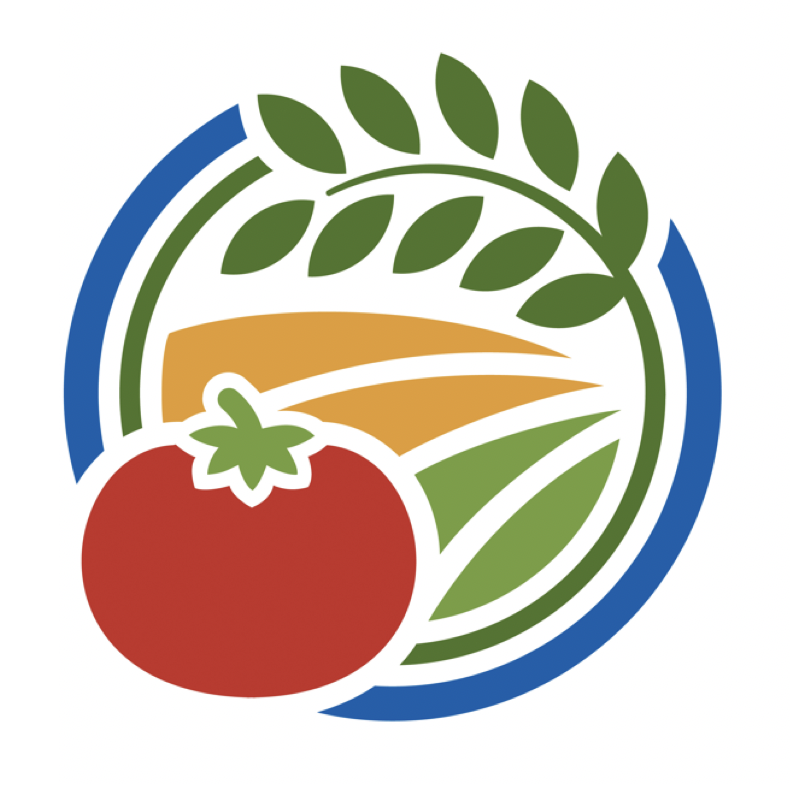Purpose:
Provide a decision process for dried plum growers to select an orchard floor cover cropping system.
Benefits and Drawbacks:
The benefits of using cover crops are often not easily measured, so it may be difficult to justify the cost of planting and managing them. They also have potential drawbacks, which further limit their utility. Cover crops require knowledge and management to attain the desired benefit, therefore a significant challenge is increased management time associated with minimizing potential drawbacks.
The tradeoffs of cover cropping are compared below:
Potential Benefits
Improved soil structure and water infiltration.
Improved orchard access on wet soils.
Improved weed suppression.
Improved beneficial insect habitat.
Addition or conservation of nitrogen.
Addition of organic matter to the soil.
Cooler summer orchard environment.
Reduced reflective sunburn of fruit.
Reduced soil erosion and nutrient runoff.
Reduced dust.
Potential Drawbacks
Increased cost for seed.
Increased management.
Increased water use.
Competition for soil moisture and nutrients.
Increased frost hazard.
Increased vertebrate pests.
Planting Timing:
Winter annual species: September 15 to December 1.
Perennial species: October 15 to February 1.
Selection Guidelines:
Cover crop choice and performance often depend on site-specific factors. The main factors to consider when selecting a particular species or mixture for dried plums are tillage practices and irrigation method used.
Use the following decision key to assist in the selection procedure and refer to the ‘Recommend Species’ section below for a list of the species. Use the ‘Orchard Cover Crop Worksheet’ to further select a site-specific orchard floor cover cropping system.
A. Disked Orchard
- Disked Winter Annual species.
B. No- till Orchards
- Dry orchard floor: Drip, Microsprinkler (<40% orchard floor water coverage.)
- No-till Winter Annual cover crop species.
- Perennial Dryland cover crop species (where 12 inches or more annual rain fall occurs.)
- Mixtures of winter annual and perennial dryland species.
- Irrigated orchard floor: Flood, Solid Set, Microsprinkler (>40% orchard floor water coverage.)
- No-till Winter Annual cover crop species (may be out competed by perennials).
- Perennial Irrigated cover crop species and mixtures (preferred):
i. Non-legume broadleaves.
ii. Legumes.
iii. Grasses.
Recommended Species:
- Disked Winter Annual Species
- No-till Winter Annual Species
- Perennial Dryland Species
- Perennial Irrigated Species
Additional Information:
Cover Cropping in Vineyards: A Grower's Handbook. University of California, Division of Agriculture and Natural Resources (1998). Publication 3338. Editors: Chuck Ingels, Robert Bugg, Glenn McGourty, and Peter Christensen.
Managing Cover Crops Profitably. 2nd Edition. Sustainable Agriculture Network, USDA Sustainable Agriculture Research & Education program (2001).
University of California Sustainable Agriculture Research and Education Program (UC SAREP) Cover Crop Resource Page. http://www.sarep.ucdavis.edu/ccrop/index.htm.
